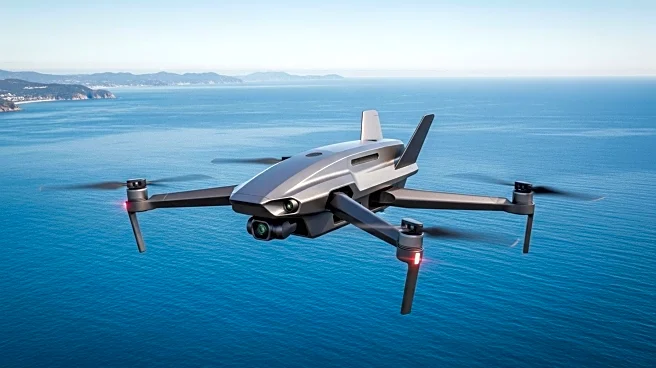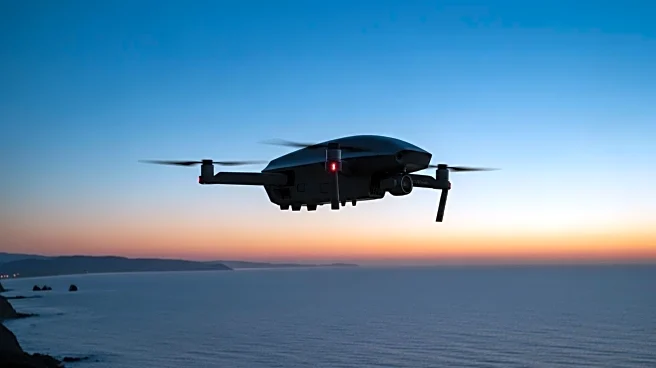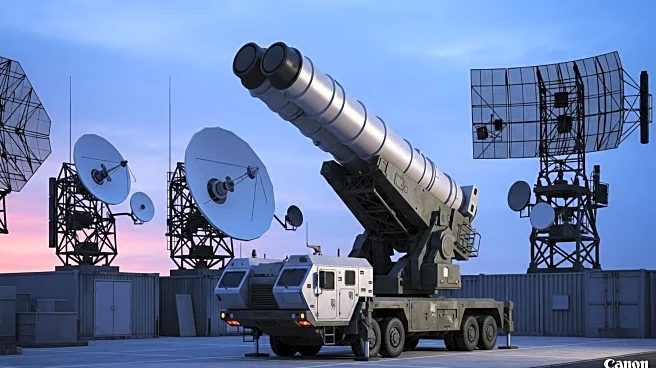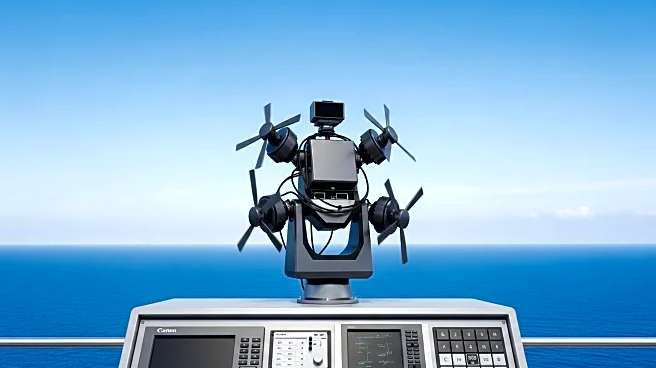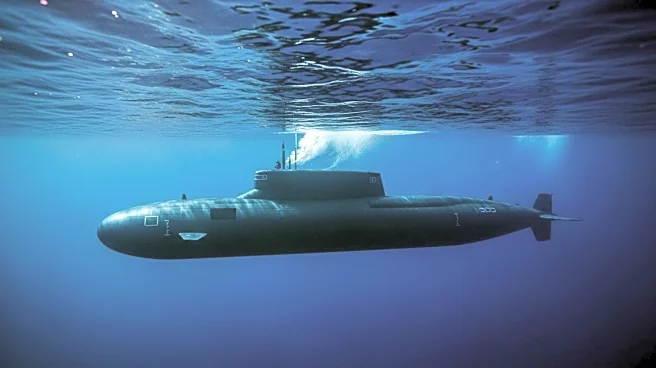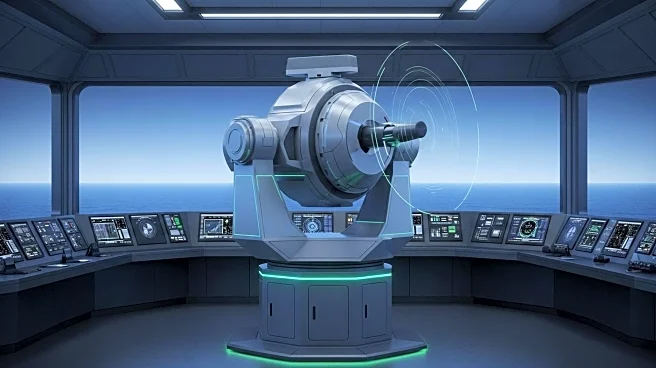What's Happening?
A U.S. Navy MQ-4C drone was tracked flying near China's coastline, raising concerns amid ongoing military tensions in Northeast Asia. The drone, designed for maritime surveillance, flew over the Yellow Sea and the East China Sea, launched from Japan's Okinawa Island. This activity comes shortly after a Canadian patrol aircraft was intercepted by Chinese fighter jets in international airspace over the East China Sea. The U.S. maintains a strong military presence in the Western Pacific, deploying advanced assets such as F-35 fighter jets and nuclear-powered submarines to deter regional aggression.
Why It's Important?
The U.S. drone's flight near China underscores the strategic importance of surveillance and intelligence gathering in the region, particularly in light of China's growing military capabilities. The presence of U.S. drones and aircraft in proximity to China is a point of contention, with Beijing accusing the U.S. of threatening its sovereignty and security. These activities are part of broader efforts by the U.S. and its allies to monitor and counter potential threats from China, which has been expanding its military influence in the region.
What's Next?
The U.S. is likely to continue its surveillance operations near China using both manned and unmanned aircraft. The situation remains tense, with potential for further encounters between U.S. and Chinese military forces. Diplomatic efforts may be necessary to address the concerns raised by these activities and prevent escalation.
Beyond the Headlines
The ongoing surveillance operations highlight the complexities of international relations in Northeast Asia, where military power and strategic interests often collide. The use of drones for intelligence gathering raises ethical and legal questions about airspace violations and the balance between national security and sovereignty.

